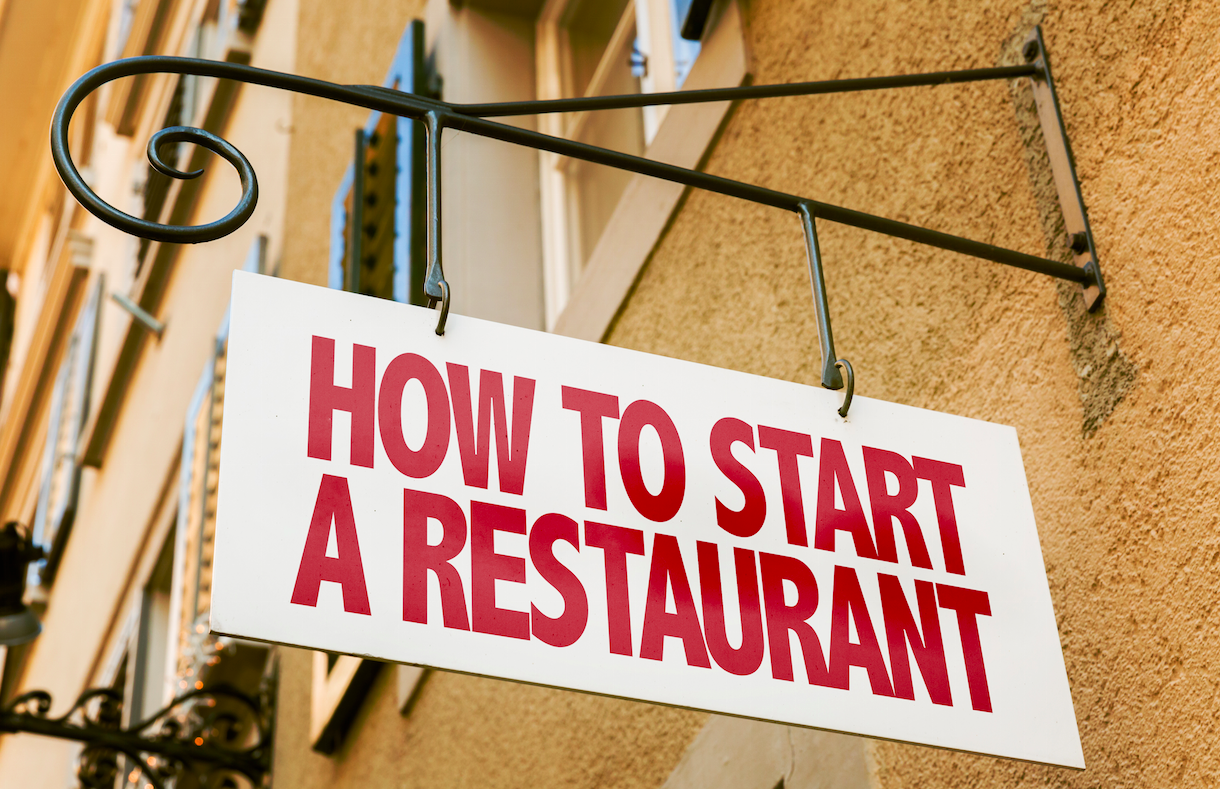
Opening a restaurant can be a thrilling time. It’s an act of passion and inspiration, creating menus and setting up a venue where the world can come and taste your cuisine.
Still, along with all the excitement comes the stark reality of finances. The fact is that opening a restaurant is an expensive undertaking. Even a small neighborhood restaurant often costs upwards of $25,000 to open, and many of the fine-dining powerhouses burn through $1 million or more, all before opening their doors. A recent survey of nearly 500 restaurant owners found that the median cost to open a new restaurant is $275,000 or $95 per square foot. If you add the costs of owning the building into that amount, the median rises to $425,000 or $131 per square foot.
As far as budgeting, it’s very easy to find yourself way over your original budget, by a substantial amount. Most of the survey respondents estimated that their total opening costs wound up running over budget by 15 percent.
So how can you know in advance when to open the pocketbook, and when to save? Here are five tips for staying in budget by determining where you can reduce your spend.
Don’t Assume You Need New Equipment
Many new restaurant owners feel that brand new equipment is a must. However, this is one category in which spending can easily go through the roof if you’re focusing on only buying the newest and best. In truth, most restaurants can function perfectly well with used equipment, as long as it’s in good working order. Look online for second-hand options (a great bet is to watch for liquidation sales from restaurants that are closing nearby) and buy only the equipment that you need in order to produce your current menu. If you’re considering seeking financing, new equipment is the primary item to spend it on.
Be Sure Not to Skimp on Technology (But Don’t Overdo it Either)
It’s a restaurant, so the focus should be on the food, decor, and atmosphere, right? Unfortunately, none of that will matter if you don’t have the right technology to ensure that your operation runs smoothly, from logging reservations to entering orders to keeping inventory. Be sure to prioritize your technology needs from the start. Do you have a bookkeeping system? A point-of-sale system that is easy to use and reliable? These are more crucial at the start than giving every server a tablet or installing an iPad at each table. When it comes to anything customer-facing, how much technology you need, and how advanced it needs to be, is up to you. Just ensure that you have a top-rated system to keep the whole operation moving forward.
In Choosing Decor, More Expensive Isn’t Always Better
You want your restaurant to stand out, and have that “wow” factor when customers walk through the door. But it’s easy to go down a path of “the only way to accomplish this is by spending lots of money.” In truth, the Internet has made it relatively easy for all of us to become amateur interior decorators. Familiarize yourself with Pinterest boards showing restaurant interiors, start putting together your own ideas board, and keep an eye on websites that offer inexpensive options for your preferred style of light fixtures, wall hangings, seating, bar furniture, and other must-have items. Plenty of websites offer wholesale, or discounts if you buy in bulk. And for items like rugs, sites like Overstock offer regular deals.
Top-Quality Ingredients Don’t Have to Be Top Dollar
Great dishes start with great ingredients, and it’s natural to want the freshest and the highest quality. Still, it’s important to recognize that the most expensive purveyors aren’t the only way to access the best ingredients. Research your local farmers, food co-ops, and other markets. Establish relationships with food suppliers who offer what you want, and create a dialogue with them so you can reach a regular price that saves you money in the long run. Also, audit your menu to check for too many items — excess menu options will cost you far more in both food expenses and preparation time.
Marketing Is Important, But It Doesn’t Have to Be Expensive
There’s no ignoring the need for marketing — after all, once you open the doors to your restaurant, what good will it do if no one knows about it? But many restaurant owners get talked into paying high prices for external marketing companies, and the results don’t usually pay off. A typical new restaurant doesn’t need a huge online marketing campaign, or an agency to create an expensive TV ad. Instead, you’ll get more mileage out of low-cost options like putting up a clean, well-designed website with great photos, creating social media accounts with plenty of photography of your location and food, advertising on sites like Facebook for a low cost, and setting up tables at any upcoming food festivals or events.
Opening a restaurant is a rollercoaster when it comes to making spending decisions. Ultimately, staying within budget can be a challenge, but using these tips, it will be a goal that you can achieve.